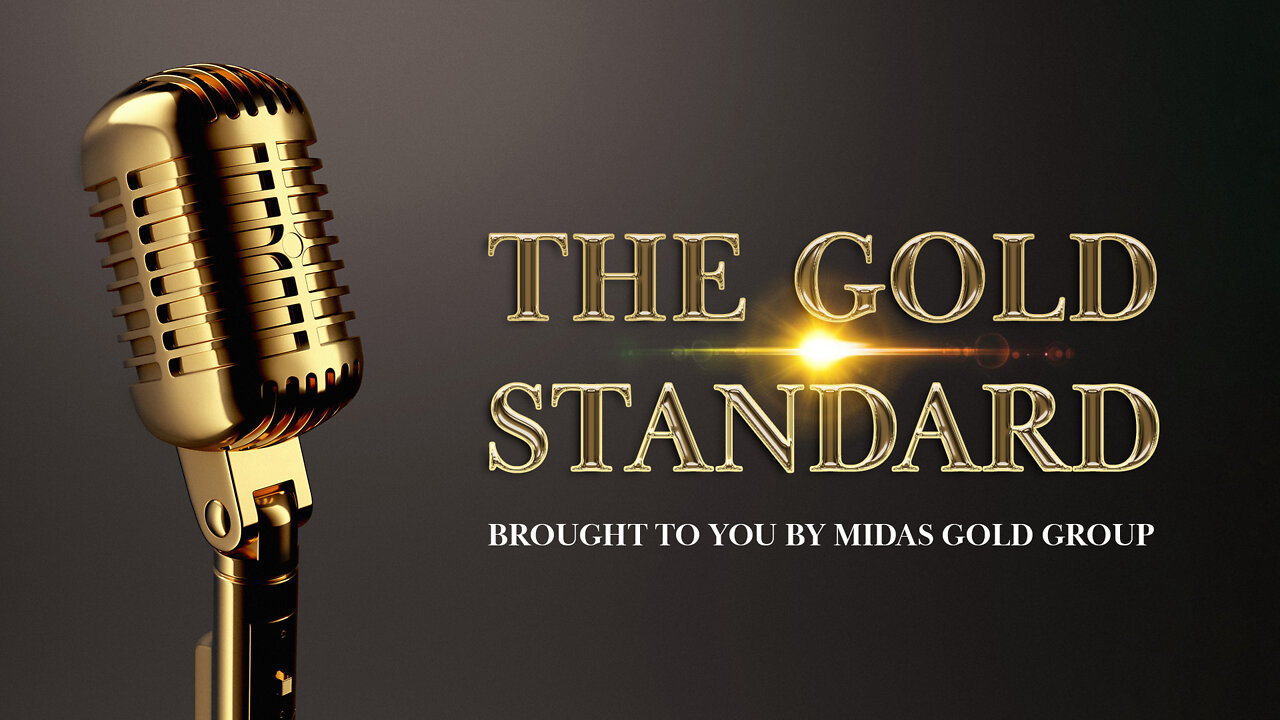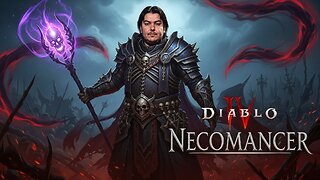Premium Only Content

Everything You Ever Wanted to Know About Gold | The Gold Standard #2204
https://www.midasgoldgroup.com/
In the days ahead, knowing the basics about gold can be helpful. We devote this episode to reviewing essential information about the precious metal, including standard terms and where to buy it.
The Stock Market Crash of ninety percent, just before the Great Depression, wiped out all the gains of the Twentieth Century. Today, we’re in a far more giant bubble than in 1929. Today, we’re in the most giant “super” bubble in history. And, of course, today, there is no fixed supply, as the Gold Standard, tethering the problem. Today, our financial system has nothing to support it except a guaranteed lifetime of taxation. The Federal Reserve creates trillions of dollars whenever they want.
The cost of money and its availability are essential aspects of a balanced fiscal policy. During the Great Depression, central banks used interest rates to heat up or cool down economies. The supply and demand of money could always be modified. The rate of return on lending and the cost of borrowing could be adjusted as needed. That anchor is no longer there because now the lender can always make as much currency needed to meet the demand with the adjustment coming from what the lender will accept as collateral.
The printing and circulation of money at will is not a new idea. Humanity has always figured out ways to debase its currency. Fly-by-night developing countries don’t know when to stop, ultimately destroying their currency. We’re seeing the developed countries going down that same path, including ours.
Gold is a beautiful metal. Because of gold’s malleability and low melting point, jewelers can make anything with this precious metal. Gold can be flattened into sheets or drawn out to a thin wire. Gold doesn’t rust and is amazingly inert, so the surface will maintain its beautiful luster and shine in pristine condition throughout time. The precious metal is abundant enough to serve as coinage but rare enough not to be readily available. Humans have always been physically and emotionally drawn to metal’s unique qualities.
The socio-psychological impact of gold dates back to ancient Egypt, where the lustrous metal was symbolic of wealth, power, and wisdom. Gold has been used as a store of value since ancient times.
Despite the difficulties involved with finding and extracting gold, humans have used it since they have learned to trade with each other; gold has always represented value. We always return to gold when other forms of man-made currencies no longer work. That is why gold will always have value through tough times and good times.
What is a Karat?
Gold purity is measured in karats. A karat is based on the proportion of gold in an alloy out of 24 parts. For example, 22K gold is 22/24 parts gold. The word karat should not be confused with the word carat. The word carat, spelled with a “c” is a unit to measure the size of a gemstone.
Diversification is always a good idea. Any portfolio should have at least ten percent allocated to precious metals such as gold and silver, and that’s in stable times. Events such as the stock market crash in March 2020 are painful reminders that fortunes can be lost quickly.
The dollar’s value has been consistently diminishing, and it will continue to do so, just as gold continues its slow but steady hold on reliable value. It has been said many times, and it bears repeating, gold is a hedge against inflation. Gold also adds stability.
The Gold Britannia
We introduce the featured bullion product for this episode of The Gold Standard with a great deal of reverence for the Gold Britannia. This “embodiment of the national spirit of the United Kingdom” became the official gold bullion coin of Great Britain in 1987 and has been struck every year since then. Britannia Gold coins contain one troy ounce of gold and have a face value of 100 Pounds (GBP). Gold Britannias, like many government-backed bullion coins, are issued in various fractional sizes.
Gold Britannias used to be 22-Karat gold. In 2013, The Royal Mint upgraded the coins to 24-Karat (.9999 pure gold). The obverse features a portrait of Queen Elizabeth II. Different artists have contributed their talents to Her Majesty’s portrait since the coin was first minted in 1987.
The reverse has Philip Nathan’s full-body majestic rendering of Lady Britannia standing at the edge of a cliff as if guarding the coast of England. She is a warrior depicted with elegant and flowing smooth lines yet powerful and a commanding force.
Britannia, represented as a helmeted female warrior holding a trident and a shield, made its first appearance on Roman coins around 119 AD under Emperor Hadrian, considered one of the Five Good Emperors. The Britannia image was used again in 1672 by the command of King Charles II. Ken gives a brief lesson on the lineage of the Britannia image and how it has been revived many times on coinage over a two-thousand-year period.
______________________________________________________________________________
Listen to The Gold Standard: https://www.midasgoldgroup.com/gold-standard-radio-show/
Gold IRA: https://www.midasgoldgroup.com/gold-ira/
Invest in Gold: https://www.midasgoldgroup.com/buy-gold/
Guide to Owning Bullion & Coins: https://www.midasgoldgroup.com/bullion-guide/
Read the latest precious metals news: https://www.midasgoldgroup.com/news/
-
 25:08
25:08
Midas Gold Group
11 months agoIf the System Collapsed, What Would Happen to My Money? | The Gold Standard 2432
59 -
 1:15:18
1:15:18
Glenn Greenwald
4 hours agoTrump Promises More Weapons for Ukraine; Trump Again Accuses Dems of Fabricating Epstein Files | SYSTEM UPDATE #487
82.8K26 -
 LIVE
LIVE
Phyxicx
2 hours ago100%-ing Gran Turismo 2: A-Spec Mod v1.2 - Finale? - 7/15/2025
41 watching -
 LIVE
LIVE
RiftTV
4 hours agoTrump TRIPLES Down on Epstein COVER-UP.. MAGA Base ERUPTS | The Rift | Sarah Stock & Anna Perez
1,217 watching -
![July Day #15 of RCP 😍 [FR/ENG] 😍 Random Factory games then MotorTown to grow company 😍 !throne 🎁](https://1a-1791.com/video/fww1/af/s8/1/g/K/C/2/gKC2y.0kob-small-July-Day-15-of-RCP-FRENG-Ra.jpg) LIVE
LIVE
Deaf Gamer Girl
2 hours agoJuly Day #15 of RCP 😍 [FR/ENG] 😍 Random Factory games then MotorTown to grow company 😍 !throne 🎁
35 watching -
 34:10
34:10
Michael Franzese
5 hours agoBill Maher vs. Michael Franzese: This Got Heated
49.4K14 -
 LIVE
LIVE
Salsa's Gaming Channel
1 hour agoAfter a long day lets Play some Diablo!
18 watching -
 1:01:54
1:01:54
BonginoReport
4 hours agoDemocrats Pretend To Care About Epstein - Nightly Scroll w/ Hayley Caronia (Ep.90) - 07/15/2025
120K130 -
 LIVE
LIVE
JimmmyChaCha
2 hours agoLIVE - GALACTICARE
10 watching -
 LIVE
LIVE
SpartakusLIVE
3 hours agoDuos w/ Sophie || Charity stream tomorrow!
178 watching